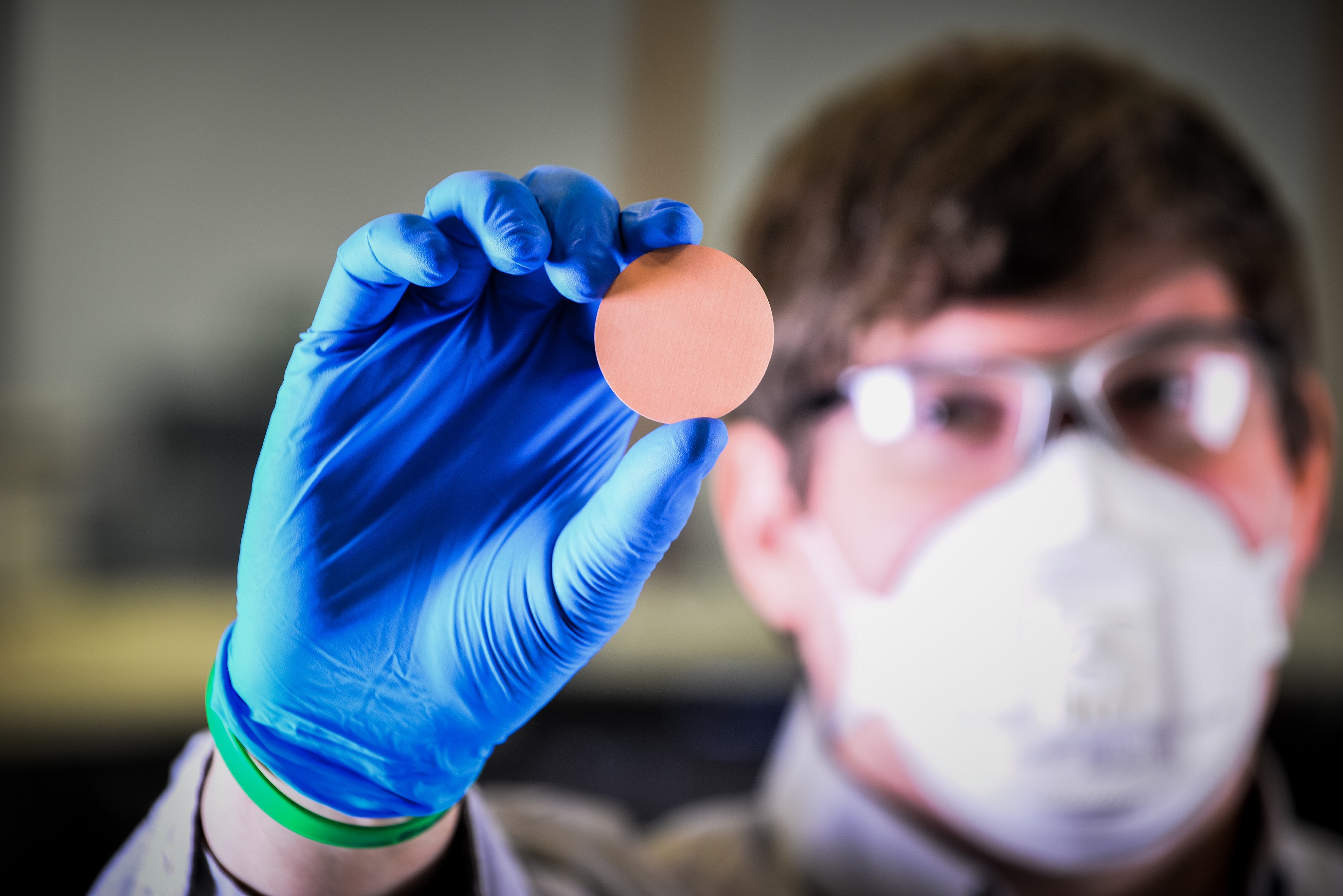
ExOne and the University of Pittsburgh have reportedly partnered to develop 3D printed reusable metal filters that can fit into a respirator cartridge for protection against contaminants such as COVID-19.
According to the company, its binder jet 3D printing process can develop a fine metal filter with specific porosity levels that can effectively filter out contaminants while allowing airflow. The filter can also be reusable and sterilizable.
The binder jetting technology uses an industrial printhead to selectively deposit a liquid binder onto a thin layer of powdered material, layer by layer, until a final object is formed. After 3D printing powdered metals, the object is then sintered in a furnace to dial in a specific level of porosity. While binder jetted metal is typically sintered to full density, some applications require a specific level of porosity, such as filters.
Currently, ExOne has 3D printed respirator filters in copper and 316L stainless steel with a range of porosity levels for use inside a cartridge designed by the mechanical engineering & materials science department in Pitt’s Swanson School of Engineering. Initial testing for airflow and filtration efficiency is currently underway, and the filters are being improved with the goal of adhering to an N95 respirator standard.
‘Our team has been working urgently to expedite this promising and reusable solution for medical personnel on the frontlines of fighting the COVID-19 pandemic,’ said John Hartner, ExOne CEO. ‘Our customers routinely print porous metal filters for a variety of purposes, and we are confident that we’ll have a solution soon that can enable medical personnel to sterilize metal filters for repeated reuse, eliminating waste. Once approved, we can print these filters in a variety of sizes for respirators, ventilators, anesthesia masks or other equipment.’
‘The advantage of binder jet 3D printing over other additive manufacturing methods for this filter application is the ability to utilize the porosity of the printed part and then fine tune it during the high temperature densification or sintering process to achieve optimum filtering and airflow performance,’ added Markus Chmielus, associate professor of mechanical engineering and materials science at the Swanson School.
To test filters in different metals and porosities, Dr Chmielus’ research group is using CT scanners to analyze the microstructure and porosity of the filters.
This story uses material from ExOne, with editorial changes made by Materials Today. The views expressed in this article do not necessarily represent those of Elsevier.




